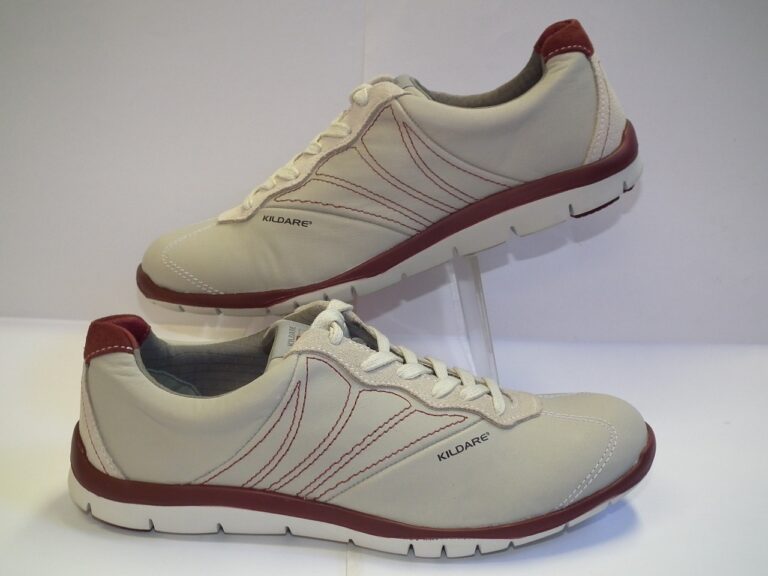A Deep Dive into Circular Fashion Economy
Circular Fashion Economy is a concept that aims to minimize waste and maximize the value of clothing and accessories throughout their lifecycle. It focuses on designing products that can be reused, repaired, and recycled, rather than being disposed of after a short period of use. By adopting circular practices, the fashion industry can reduce its environmental impact and create a more sustainable future for the planet.
The key principles of circular fashion include extending the lifespan of garments, promoting sustainable materials and production methods, and encouraging consumers to make more conscious purchasing decisions. This shift towards a circular economy requires collaboration between designers, manufacturers, retailers, and consumers to create a closed-loop system where resources are used efficiently and waste is minimized.
• Extending the lifespan of garments through repair and upcycling
• Promoting the use of sustainable materials such as organic cotton, recycled polyester, and Tencel
• Encouraging manufacturers to implement eco-friendly production methods like water-saving techniques and renewable energy sources
• Educating consumers about the importance of buying quality items that can be worn for a longer period
• Implementing take-back programs where customers can return old clothing for recycling or resale.
The Environmental Impact of the Fashion Industry
The fashion industry has a significant impact on the environment due to its massive consumption of resources and production of waste. From the cultivation of raw materials to the manufacturing process and transportation of goods, each stage of the clothing production contributes to pollution and greenhouse gas emissions. The fashion industry also produces vast amounts of textile waste, with millions of tons ending up in landfills each year, further exacerbating environmental issues such as soil and water contamination.
The Benefits of Adopting Circular Fashion Practices
Circular fashion practices offer a range of advantages for both the environment and the economy. By promoting the reuse, recycling, and upcycling of clothing, this approach helps reduce the industry’s carbon footprint and waste generation. Additionally, embracing circular fashion helps to prolong the lifespan of garments, contributing to a more sustainable and resource-efficient fashion system.
Incorporating circular fashion practices also opens up opportunities for innovation and creativity within the industry. Designers and brands can explore new ways to repurpose materials, leading to unique and eco-friendly collections. Furthermore, adopting circular fashion strategies can enhance brand reputation and appeal to a growing number of consumers who prioritize sustainability in their purchasing decisions.
What is the Circular Fashion Economy?
The Circular Fashion Economy is a sustainable approach to fashion that aims to minimize waste and pollution by reusing, recycling, and upcycling garments and materials.
How does the fashion industry impact the environment?
The fashion industry is one of the biggest contributors to environmental pollution, with high levels of water consumption, chemical usage, and textile waste production.
What are some benefits of adopting circular fashion practices?
Some benefits of adopting circular fashion practices include reducing environmental impact, promoting sustainability, and encouraging a more ethical and transparent supply chain in the fashion industry.







